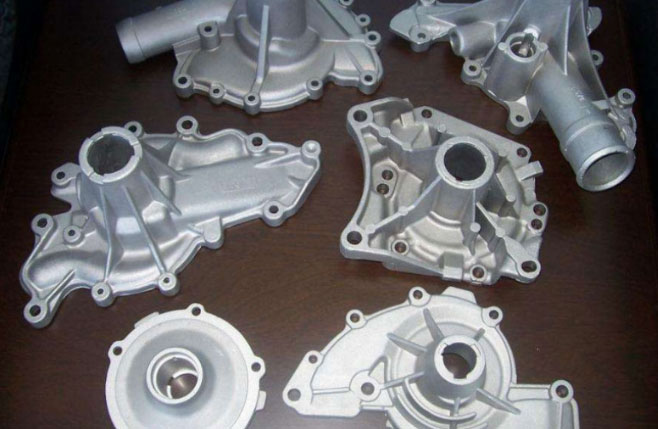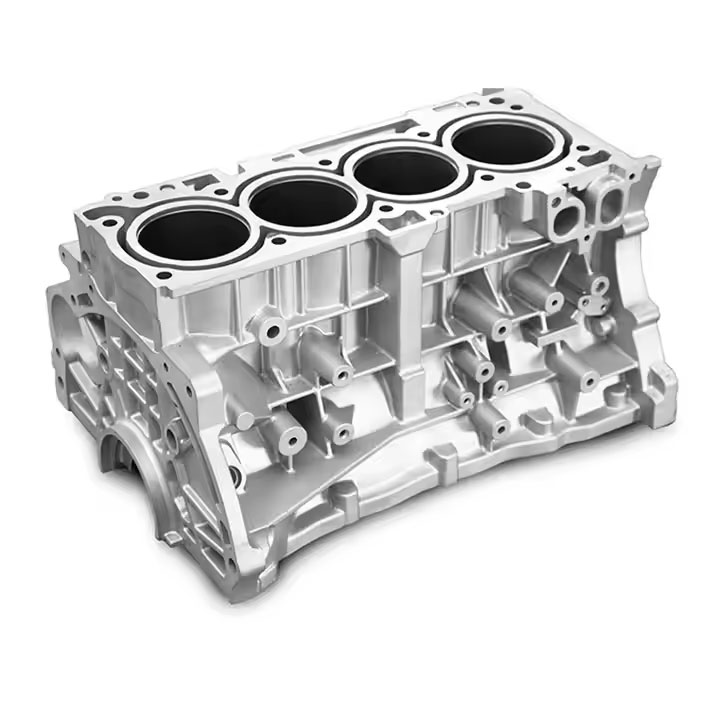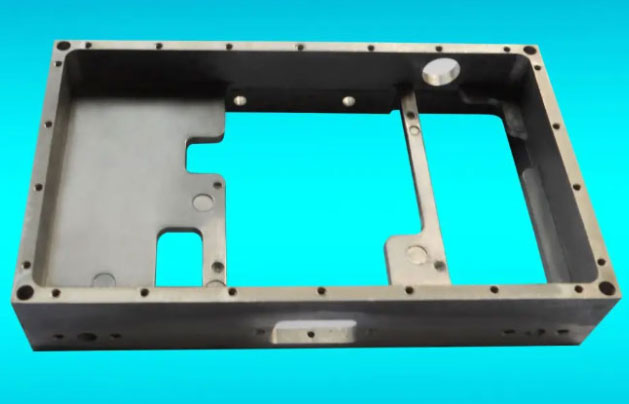Thermal die casting is a manufacturing process used to create metal parts with high precision and accuracy. The process involves injecting molten metal into a mold, which is then cooled and solidified to create the final part.
The term “thermal” refers to the fact that the metal is heated to a liquid state before being injected into the mold. This is in contrast to cold chamber die casting, where the metal is kept in a solid state and then melted in a separate furnace before being injected.

Thermal die casting is commonly used in the automotive, aerospace, and electronics industries to create parts such as engine blocks, transmission housings, and computer components. The process offers several advantages over other manufacturing methods, including high production rates, low labor costs, and the ability to create complex shapes with tight tolerances.
The quality of the final part depends on several factors, including the design of the mold, the properties of the metal being used, and the operating conditions of the casting machine. Proper control of these factors is essential to ensure consistent quality and minimize defects.
In conclusion, thermal die casting is a versatile manufacturing process that offers many benefits for producing high-quality metal parts. Its widespread use in various industries speaks to its effectiveness and reliability, making it an important tool for modern manufacturing.

